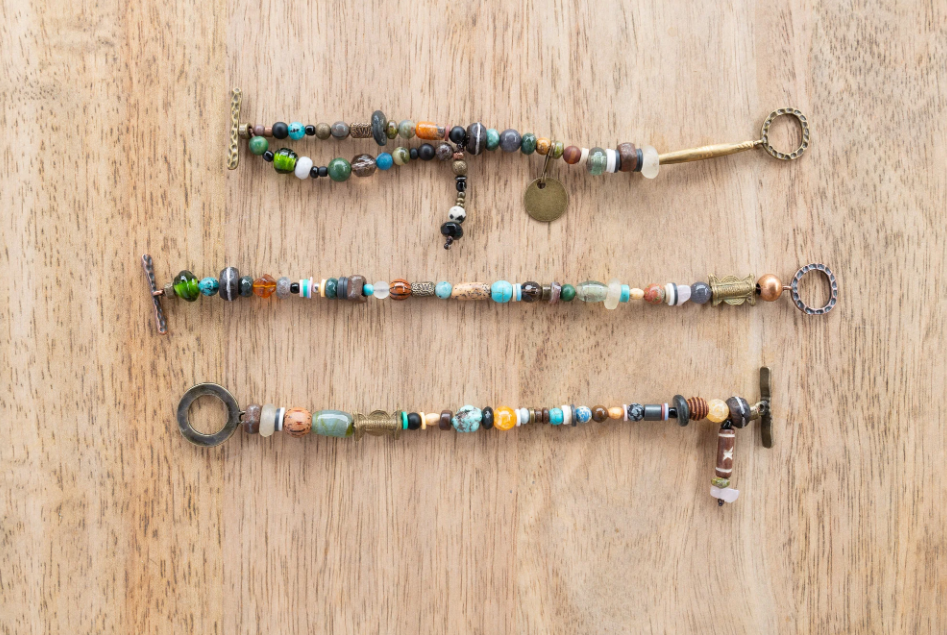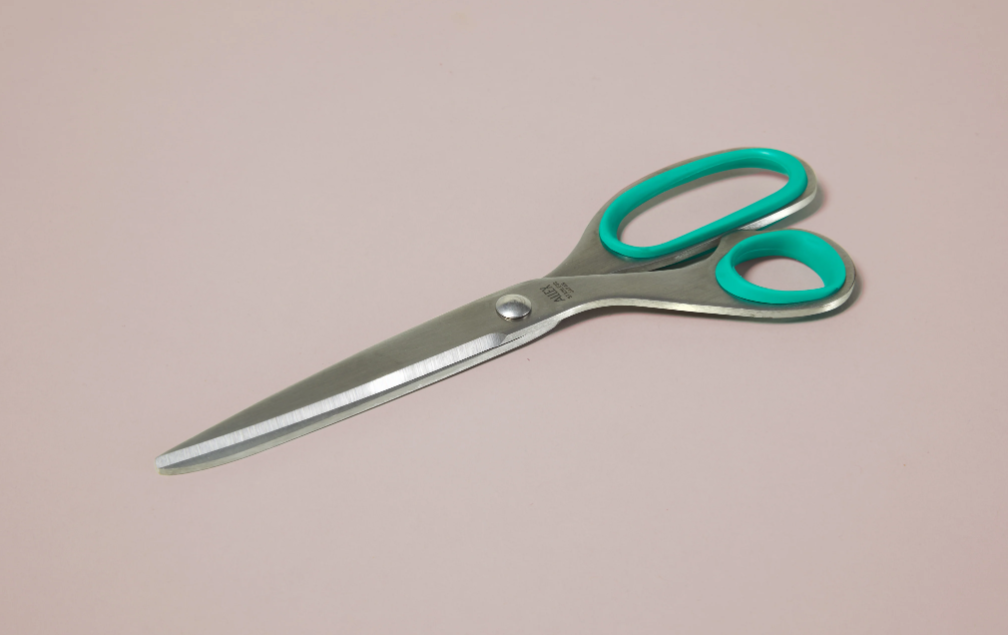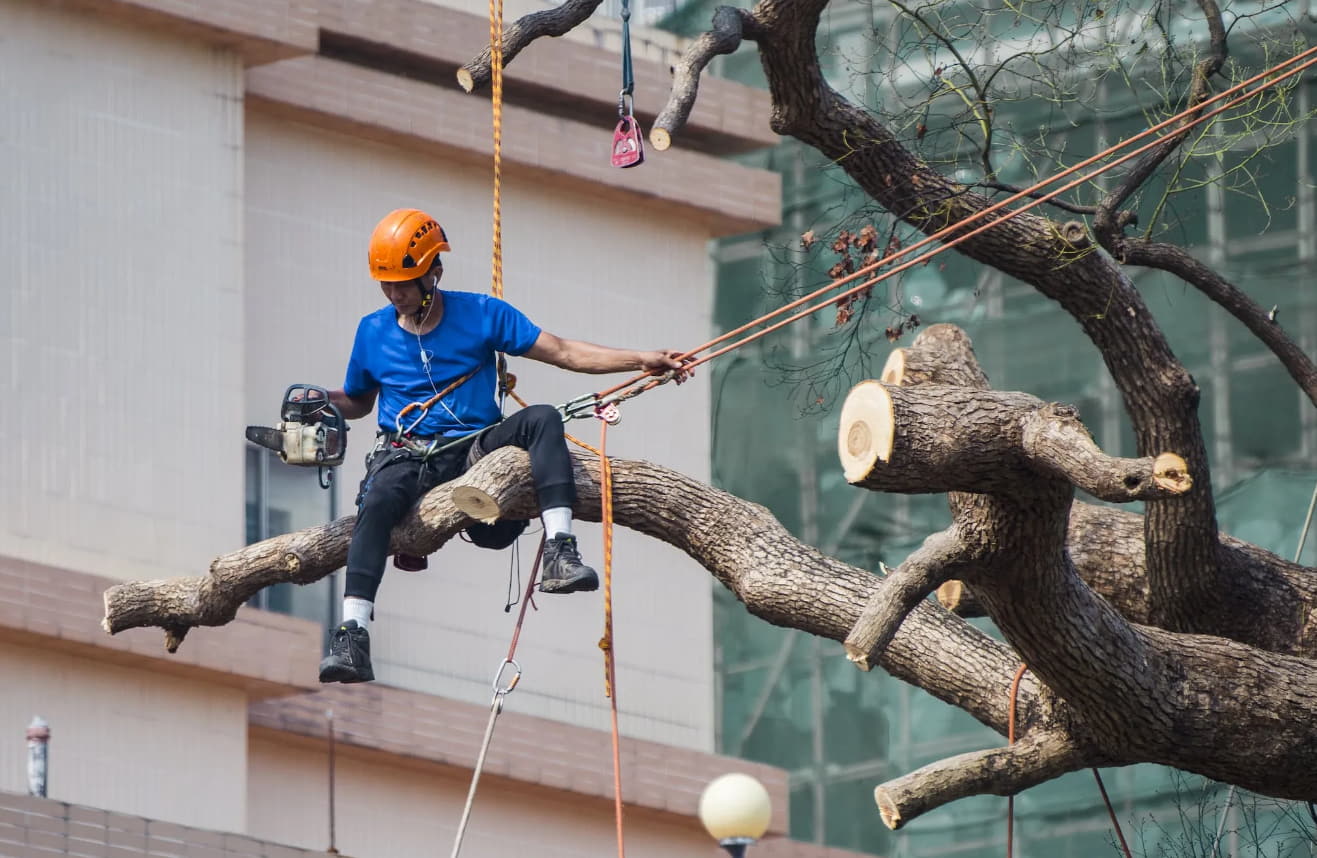When it comes to tree care and maintenance, the type of rope used plays a significant role in ensuring the safety and efficiency of every task performed. This article will delve into the world of arborist rope, providing a comprehensive guide on how to choose the best fit for various tree tasks.
Understanding the Arborist’s Lifeline
Arborists rely on specialized ropes designed to meet the unique challenges posed by tree work. These ropes offer a blend of strength, durability, and control, making them essential tools for professionals in the field. However, with countless options available, selecting the appropriate rope can be overwhelming.
The Role of Arborist Ropes
The ropes used by arborists serve different purposes based on their unique features and qualities. For instance, rigging ropes are specifically designed to lower tree branches and cut sections of timber safely to the ground. They must be strong enough to support significant weights and withstand high levels of stress.
On the other hand, climbing lines used for anchoring over a branch should have high abrasion resistance to ensure durability. Unlike regular climbing ropes that offer elasticity to absorb fall impacts, these ropes provide stability and control during work positioning and rigging tasks.
The Material Matters
The material of the rope significantly influences its performance. A top recommendation for pulling trees is a braided polyester rigging line. It offers high strength, low stretch, and excellent resistance to abrasion. Other popular choices include 24-strand bull ropes and 12-strand lines, known for their durability and ease of handling.
Making the Right Choice
Selecting the right rope necessitates understanding the specific requirements of each task. For example, a tree climber needs ropes with properties adapted to that particular task. While stiffness may be undesirable for tying special climbing knots, a soft and flexible rope would be ideal.
Rope management is another crucial aspect to consider. Proper management ensures the rope’s longevity, safety, and efficiency in field operations. Therefore, it’s important to understand how to care for and store your ropes properly to maintain their condition and performance.
In Conclusion
In the world of tree care, the right rope can make all the difference. It’s more than just a tool; it’s an arborist’s lifeline. Therefore, the importance of choosing the right arborist rope cannot be overstated. By understanding the different types, materials, and uses, you can select the perfect rope for every tree task, ensuring safety, efficiency, and success in your arboricultural endeavours.

 Home
Home







